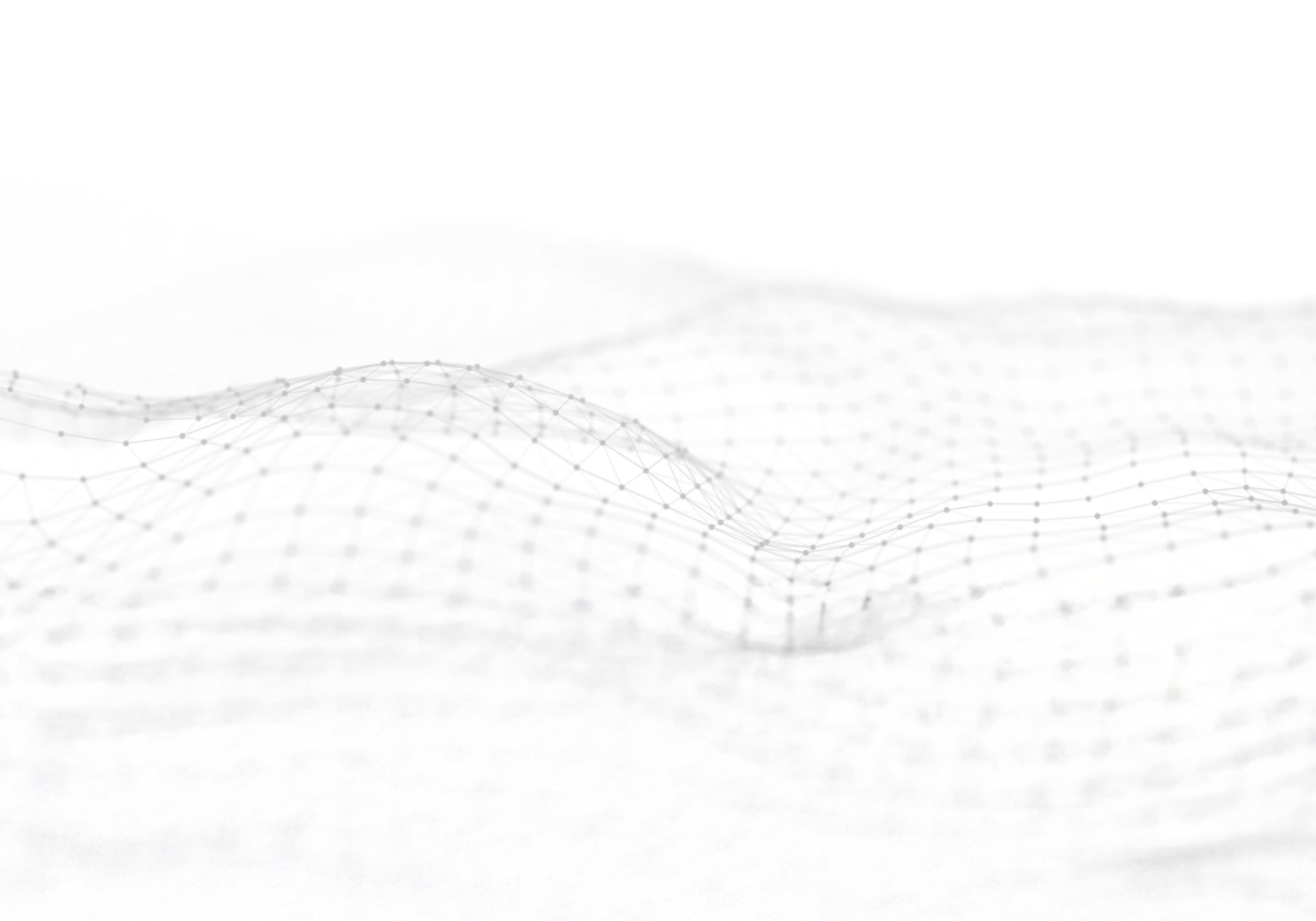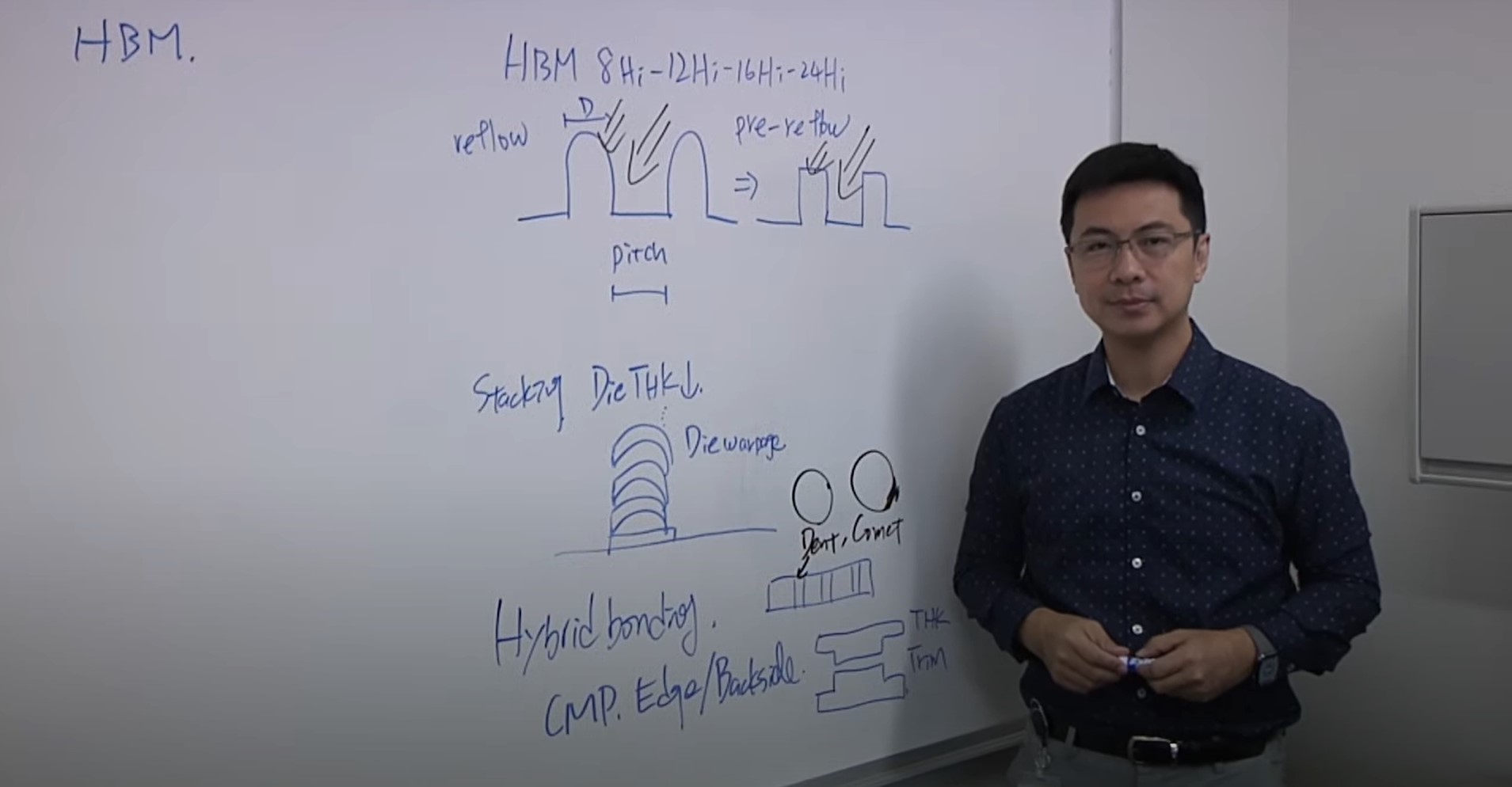The concept of zero defect manufacturing has been around for decades, arising first in the aerospace and defense industry. Since then, this manufacturing approach has been adopted by the automotive industry, and it has only grown in importance as the sector transitions to electric vehicles. Given the role semiconductors play in today’s vehicles, and will play in the future, it is no surprise the industry has adopted a zero defect approach.
However, the quest for zero defect manufacturing goes well beyond the aerospace, defense, and automotive industries. Many companies that have started or are planning digital transformations are pursuing zero defect manufacturing. Accomplishing this requires using data from a wide range of sources, including materials, products, processes, factory subsystems, and equipment. When all of this data is properly integrated, and fabs are able to take complete advantage of the analytics from their monitoring systems, the goal of a zero defect manufacturing environment is achievable.
Before we go any further, we should get one thing out of the way: zero defect manufacturing does not promise zero defects. It is a commitment to properly identifying defects and sources, giving manufacturers the opportunity to detect dormant failures early on and make proactive corrections.
In this episode, Françoise von Trapp talks with Onto Innovation’s Monita Pau and Jiangtao Hu about metrology for advanced packaging – why do we need it? What are the challenges, and how do we solve them?
In semiconductor manufacturing front-end processes, metrology has always been a critical step to ensure consistency of very fine features. It’s only recently become important to back-end advanced packaging processes – especially for heterogeneous integration. As chips are designed with smaller features, advanced packaging processes are becoming more front-end like.
You’ll learn about how metrology designed for front-end manufacturing is being reimagined for wafer-level and assembly applications such as:
- Hybrid bonding
- 3D stacking with micro bumps
- RDL applications for interposers
- TSV applications
The speakers discuss the challenges, gaps, and solutions for each. You’ll also learn what makes Onto Innovation uniquely qualified to support this.
Semiconductor manufacturing creates a wealth of data – from materials, products, factory subsystems and equipment. But how do we best utilize that information to optimize processes and reach the goal of zero defect manufacturing?
This is a topic we first explored in our previous blog, “Achieving Zero Defect Manufacturing Part 1: Detect & Classify.” In it, we examined real-time defect classification at the defect, die and wafer level. In this blog, the second in our three-part series, we will discuss how to use root cause analysis to determine the source of defects. For starters, we will address the software tools needed to properly conduct root cause analysis for a faster understanding of visual, non-visual and latent defect sources.
Whether the discussion is about smart manufacturing or digital transformation, one of the biggest conversations in the semiconductor industry today centers on the tremendous amount of data fabs collect and how they utilize that data.
While chip makers are accumulating petabytes of data across the entire semiconductor process, a question arises: how much of that information is being fully utilized? The answer may be around 20%, according to the Semiconductor Engineering article “Too Much Fab and Test Data, Low Utilization.” Unfortunately, this poses a challenge because fab end customers are demanding highly reliable chips, in other words, chips with zero escaping defects and which offer manufacturers clear genealogy and traceability.
Many of you reading this work for companies that have started or are planning digital transformations. To do this, these companies will need to better integrate the data they collect — and that includes data from materials, products, processes, factory subsystems and equipment.
For smart manufacturing to truly live up to its potential, manufacturers will need inline automation that takes complete advantage of the analytics their monitoring systems generate, analytics which can be fed back to the process tools, manufacturing execution systems and other factory systems in real time. Working in concert, these integrated systems are essential to creating a zero defect manufacturing environment.
In the world of smart manufacturing, manufacturers will be tasked with providing timely total solutions to detect and classify defects using inspection and metrology tools, conduct root cause analysis to determine the source of said defects and, finally, employ process control and equipment monitoring using run-to-run and fault detection and classification software solutions to prevent defects from reoccurring.
In this blog, the first in our three-part series “Achieving Zero Defect Manufacturing,” we will focus on detecting and classifying defects. We will start by looking at solutions at the defect level before moving on to the die level and the wafer level.
The United States is seeking to breathe new life into its domestic semiconductor packaging sector with the National Advanced Packaging Manufacturing Program (NAPMP), an initiative to “establish and accelerate domestic capacity for advanced packaging substrates and substrate materials,” according to a Commerce Department announcement from earlier this year [1]. In part, this program is the result of two very distinct trends, both of which are high-priority pursuits for governments and manufacturers. On the one hand, many nations like the U.S. are looking to shore up their semiconductor manufacturing capabilities to better protect themselves from potential geopolitical complications. Still another consideration is today’s rapidly growing demand for high-end applications like artificial intelligence (AI) and high performance computing (HPC) that are driving the need for advanced packages with 2.5 and 3D architectures. Such structures are built upon advanced integrated circuit substrates (AICS). Furthermore, the coming era of glass core substrates in advanced packaging will offer another level of challenges. The future is coming, and few want to be left behind.
Overlay is becoming a significant problem in the manufacturing of semiconductors, especially in the world of advanced packaging substrates — think panels — the larger the area, the greater the potential for distortion due to warpage. Solving this issue requires more accurate models, better communication through feed forward/feed back throughout the flow, and real-time analytics that are baked into the process. Keith Best, director of product marketing for lithography at Onto Innovation, talks with Semiconductor Engineering about the intricacies of overlay, the pros and cons of glass substrates, and what’s needed for high-volume manufacturing.



You Have a Challenge? Let’s talk.
We’d love to connect with you.
Looking to learn more about our innovative solutions and capabilities? Our team of experts is ready to assist you. Reach out today and let’s starts a conversation about how we can help you achieve your goals.
Let’s Talk
"*" indicates required fields

